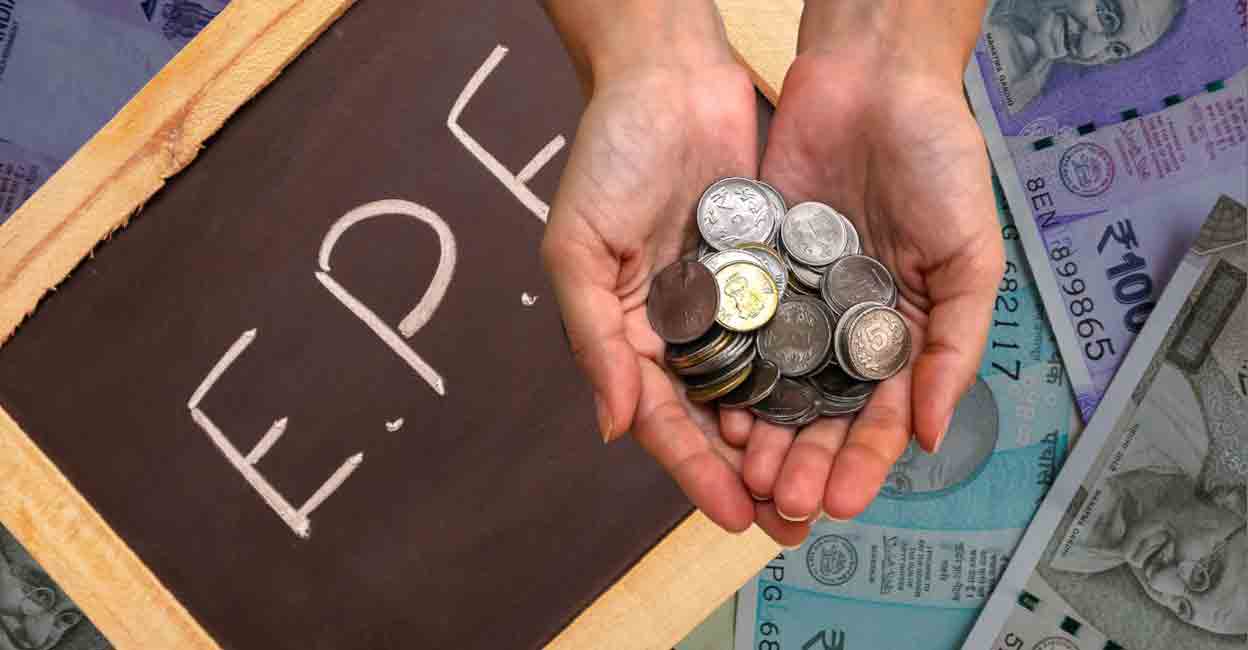Joint EPF form copy not needed for higher pension under EPS, says 2019 circular
Those who have submitted an employer-employee joint form to opt for a higher pension under the Employers Pension Scheme (EPS) but don’t possess a copy of the same need not worry.
A circular issued by the Employees Provident Fund Organization (EPFO) in 2019 makes it clear that the form, a joint request from Employee and Employer to pay contribution on higher wages under Para 26(6) of the EPF scheme, is not mandatory.
If an employer and employee have contributed to PF wages higher than the statutory wage limit under the EPF scheme, and the EPF Account of the concerned employee has been updated by the EPFO, then it can be considered that the said beneficiary has exercised the option. Such persons can’t be strictly asked to file the joint option under 26(6), the circular reads.
The same has been made clear in a notification issued by the Additional Central PF Commissioner to all the regional PF commissioners on January 22, 2019.
As per the old circular, those who make a contribution on higher wages, beyond the pensionable salary cap, to the Provident Fund, need not now provide evidence for exercising the joint option as per 26(6). It’s hoped that the EPFO will soon come out with directions to bring clarity to the matter.
There is less chance of anyone still possessing a copy of the old option they had exercised. The employer too won’t have them as the retention period, as provided under the law for keeping the files in safe custody by private institutions, might have already expired.
Some attempt to submit the application by filling out the form on the model of 26(6) that is available online. But, since the EPFO is demanding evidence for the option form filed earlier, it’s not clear whether filing the 26(6) option with the current date is sufficient or not.
What is 26(6) option?
Para 26(6) is not a provision of the EPS, but that of the erstwhile Employees Provident Fund (EPF) scheme. It refers to the application jointly submitted by the employee and the employer, seeking permission to pay a 12% share for wages, above that of the statutory wage limit decided by EPFO from time to time, to the Provident Fund so as to claim pension on actual salary. The employer too undertakes to meet the necessary handling charges for this. A PF official not below the rank of Assistant Provident Commissioner needs to approve the application.
Meanwhile, 11(3) and 11(4) options refer to the testimony to transfer an amount, equal to 8.33% in proportion to the actual salary, out of the PF share paid by the employer to the PF account.
If the above option needs to be exercised, then the beneficiaries should have given assurance via 26(6) that they will remit higher contribution in proportion to the higher salaries drawn.
For all the latest business News Click Here

